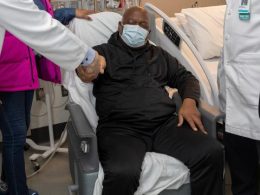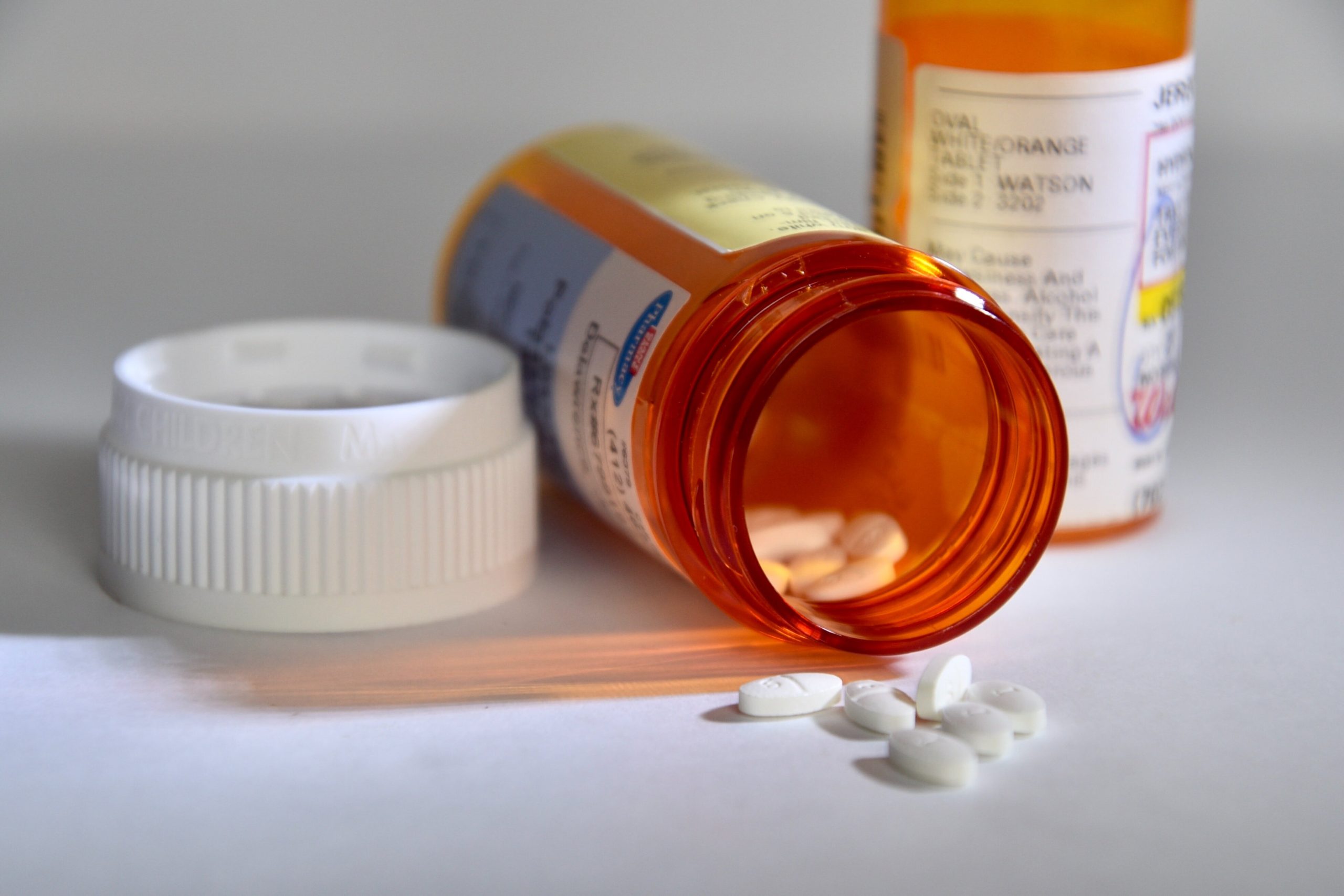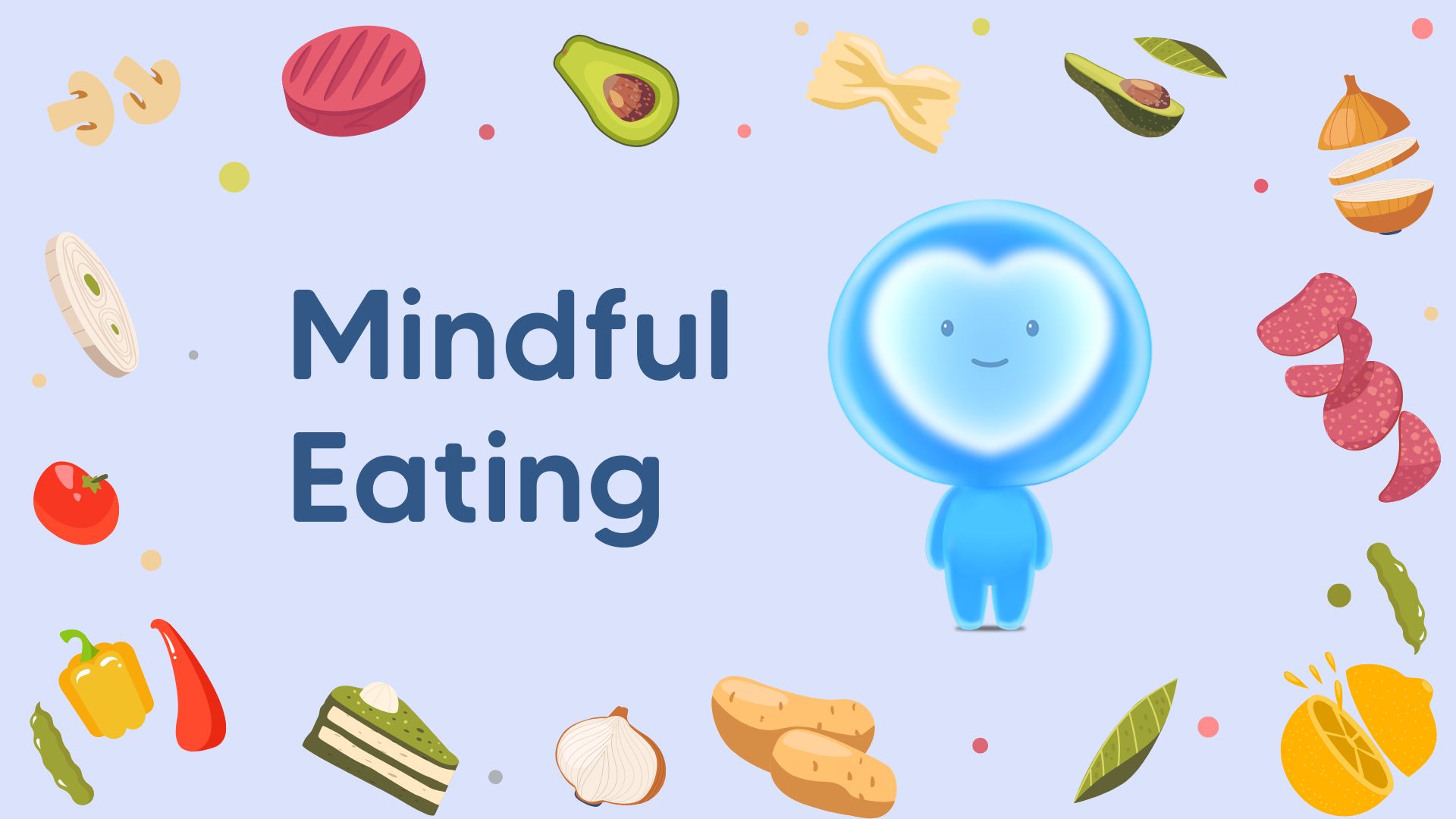As parents, our number one priority is to keep our children safe and healthy. However, despite our best efforts, accidents can still happen – especially when it comes to the alarming reality of child poisoning deaths. In this blog post, we’ll be exploring some shocking statistics surrounding this issue and sharing practical steps that every parent can take to help prevent accidental poisonings from occurring in their own home. So buckle up and get ready for an eye-opening read that could very well save a life!
The alarming rate of child poisoning deaths in the United States
According to the Centers for Disease Control and Prevention (CDC), every day, more than 60 children in the United States are poisoned and require emergency medical care.
Child poisoning deaths are preventable, but they continue to occur at an alarming rate in the United States. In fact, child poisoning deaths are now the leading cause of injury death among children in the United States.
There are many ways that children can be poisoned. Some of the most common include:
• Medications: Children can accidentally swallow or get a hold of medications that belong to adults or other family members. Even small doses of some medications can be deadly for young children. It’s important to keep all medications out of reach and sight of young children. You should also dispose of unused or expired medications properly.
• Household products: Many common household products can be poisonous if ingested by young children. This includes things like cleaning products, laundry detergent, dishwasher detergent, pesticides, and paint thinners. It’s important to keep these products stored safely out of reach of children. You should also follow label instructions carefully when using these products.
• Plants: Some plants can be poisonous if ingested by young children. This includes things like lilies, daffodils, azaleas, and Oleander. If you have plants in your home, make sure they are out of reach of young children. You should also teach your children not to put any
The most common types of poison that lead to child deaths
According to the CDC, poison is the leading cause of injury death for children ages 1-4. In fact, more than 60% of child poisoning deaths involve kids in this age group. The most common types of poison that lead to child death are household cleaners, medicines, and cosmetic
How to prevent child poisoning deaths
As the parent of a young child, it is important to be aware of the dangers of child poisoning. Each year, thousands of children are poisoned by household products, medications, and even plants. While many of these accidents are minor and result in only minor injuries, some can be very serious – even deadly.
There are some simple steps you can take to help prevent child poisoning in your home:
Keep all household chemicals and medications out of reach of children. Store them in high cabinets or locked cupboards.
Never leave children unsupervised around potential hazards like cleaning products, tools, or power sockets.
Make sure all potentially dangerous products are clearly labelled with safety information.
Teach your children about the dangers of touching or tasting unknown substances.
If you suspect your child has been poisoned, call the Poison Control Center immediately at 1-800-222-1222.
What to do if your child has been poisoned
When it comes to child poisoning, there is no one-size-fits-all answer. The best course of action will vary depending on the type and severity of poison exposure.
If your child has been poisoned, the first thing you should do is call the Poison Control Center at 1-800-222-1222. A trained specialist will be able to give you specific instructions on what to do next.
If your child is experiencing any symptoms, it is important to seek medical attention immediately. Even if the symptoms seem minor, they could be a sign of something more serious.
In some cases, activated charcoal may be used to help absorb the poison in the gut and prevent absorption into the bloodstream. This is usually only done in cases of severe poisoning, as it can cause vomiting and diarrhea.
If your child has been exposed to a poisonous substance, try to remove any clothing or jewelry that may have come into contact with it. If possible, gently wash the area with soap and water.
Do not attempt to make your child vomit unless instructed to do so by a medical professional. In many cases, vomiting can actually make the situation worse by increasing absorption of the poison into the bloodstream.









